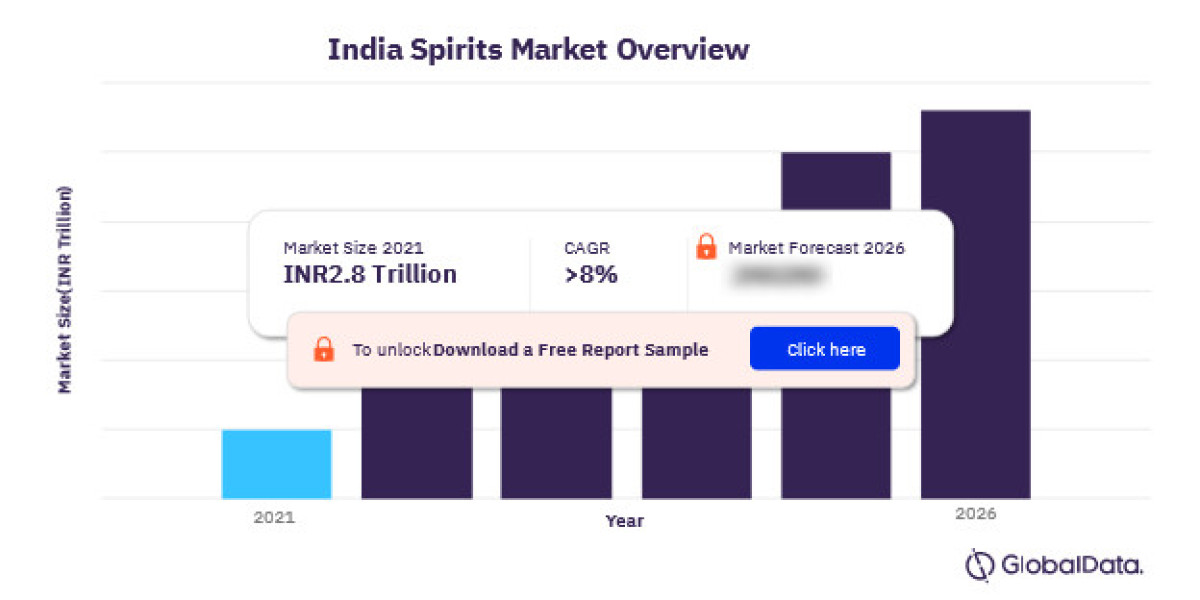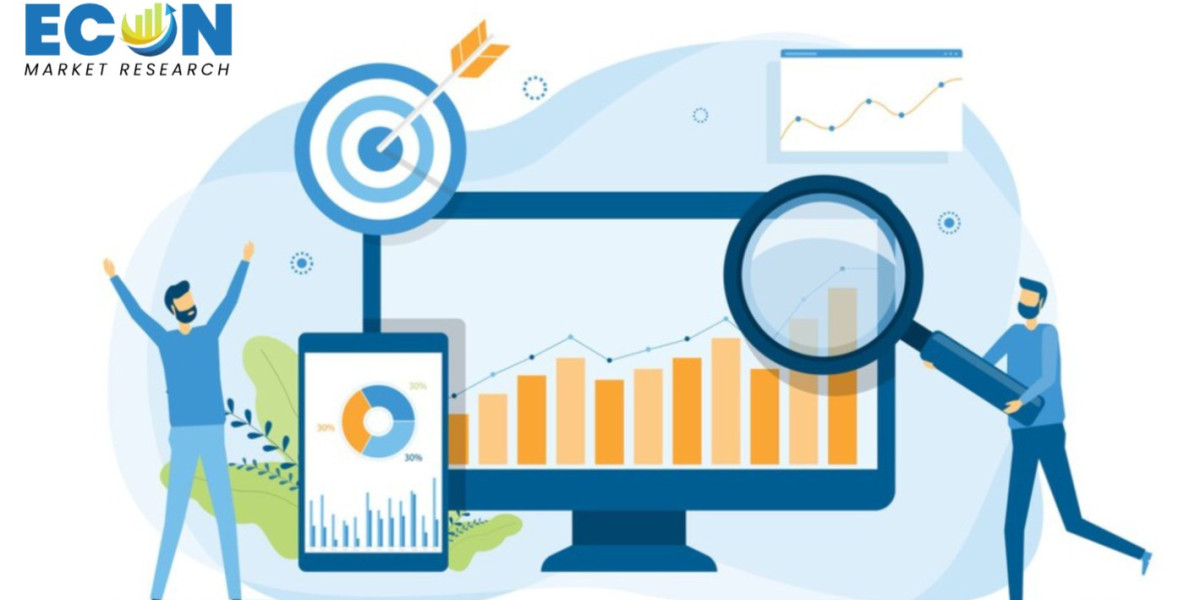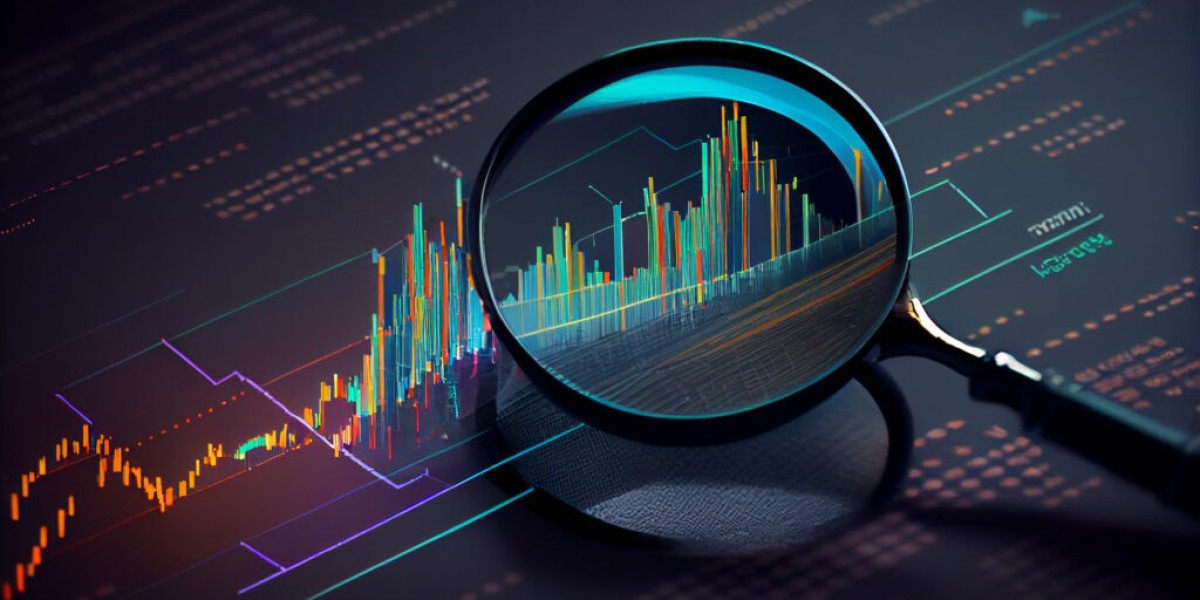India's spirits market is experiencing a golden age, fueled by a growing middle class, a renewed appreciation for premium brands, and a diversifying consumer palate. After a brief slump during the COVID-19 pandemic, the industry has roared back, showcasing remarkable resilience and a trajectory for continued growth. This article delves into the key drivers, trends, and future prospects of this dynamic market.
A Market on the Rise
India boasts the world's largest legal drinking-age population, estimated at around 300 million. While affordability remains a factor, a significant portion (roughly 150 million) belongs to the burgeoning middle class, increasingly seeking premium and super-premium spirits. This shift in consumer preference has propelled the market to new heights.
Pre-pandemic, the market witnessed a stellar rise, with annual sales soaring from 228 million cases in FY 2011 to a staggering 330 million cases by FY 2018 [1]. The pandemic inevitably caused a temporary decline, but the rebound has been swift and impressive. By FY 2024, annual sales had climbed to a record-breaking 412 million cases, surpassing pre-pandemic levels [1].
Whisky Reigns Supreme, But Change is Brewing
Whisky remains the undisputed king of Indian spirits, accounting for a whopping 66% of the total market share [2]. This long-standing love affair with whisky is deeply ingrained in the country's social fabric. However, the market is undergoing a metamorphosis. Consumers are becoming more adventurous, exploring new categories and embracing international brands.
The "premiumisation" trend is a significant driver. Consumers are willing to spend more on high-quality spirits, creating a surge in demand for premium and super-premium whiskies, as well as other spirits like agave spirits, Irish whiskey, American bourbon, Japanese whisky, and even spirit aperitifs [2]. This diversification indicates a maturing market, where brand recognition and quality play a more prominent role than just affordability.
Factors Fueling the Boom
Several key factors are contributing to the Indian spirits market's remarkable growth:
- Expanding Middle Class: India's middle class is projected to reach a staggering 500 million by 2025 [3]. This demographic segment has greater disposable income, allowing them to indulge in premium spirits.
- Urbanization: The rapid growth of urban centers fosters a culture of experimentation and exposure to international trends. Young, urban consumers are driving the demand for new and exciting spirit experiences.
- Rising Disposable Income: As the Indian economy continues to grow, disposable incomes rise, enabling consumers to allocate more towards discretionary spending, including premium beverages.
- Increased Social Acceptance: Social attitudes towards alcohol consumption are gradually evolving, particularly in urban areas. This is leading to a more open and accepting environment for enjoying spirits.
Regional Variations and Local Flavors
The Indian spirits market is not monolithic. Regional preferences and distinct local palates play a significant role. For instance,
- South India: Known for its strong affinity for rum and brandy, particularly along the coastal regions.
- North India: Whisky reigns supreme, with a preference for bolder flavors.
- Western India: Shows a growing appreciation for premium domestic and international whiskies.
- Eastern India: A market for both whisky and locally produced IMFL (Indian Made Foreign Liquor).
Government Regulations and their Impact
The Indian government plays a significant role in regulating the sale and consumption of alcohol. High excise duties and complex licensing procedures can act as deterrents to market growth. However, recent initiatives aimed at streamlining regulations and promoting responsible drinking could lead to a more favorable environment for the industry.
The E-commerce Revolution and its Influence
The rise of e-commerce platforms in India is influencing the spirits market. Online retailers offer convenience, wider product selection, and potentially competitive pricing. However, regulations regarding online alcohol sales vary by state, creating a complex landscape. As regulations evolve, e-commerce is poised to become a significant growth driver for the industry.
Future Outlook: A Toast to Continued Growth
The future of the Indian spirits market appears bright. Industry analysts predict sustained growth, with IWSR forecasting a continued upward trajectory [2]. The rising middle class, increasing disposable income, and evolving consumer preferences will continue to fuel market expansion. Additionally, the diversification into premium categories and the potential of e-commerce point towards a robust and dynamic future.
Challenges and Considerations
Despite the optimistic outlook, challenges remain. Counterfeit products pose a threat, and stricter enforcement measures are crucial. Additionally, promoting responsible drinking habits is essential for long-term sustainable growth.
Conclusion
India's spirits market presents a compelling case study of a dynamic industry undergoing rapid transformation.
For more insights on the India spirits market forecast, download a free report sample



